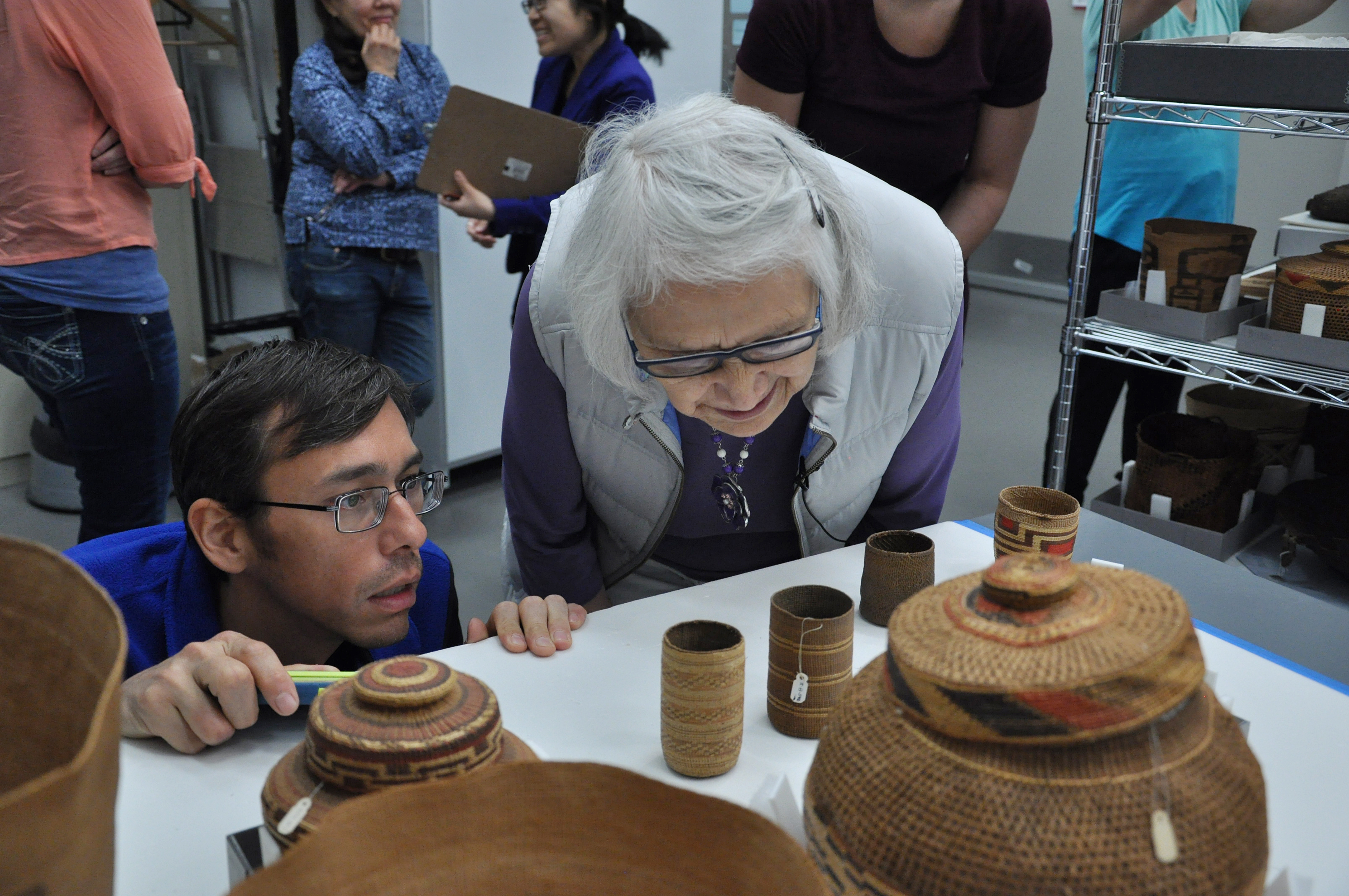
Sealaska Heritage Institute will digitally preserve the Alaska Native art form of spruce-root basket weaving.
With some outside help, the organization will produce how-to videos that show the entire Tlingit basket-making process.
“It was just something that really connected with me,” said Juneau-based spruce-root weaver Hans Chester. “I enjoy being outside, and I enjoy digging in the dirt,”
The art form is painstaking.
The weavers dig up thin roots which they split again and again to make delicate threads, only a few millimeters thick.
“It really does take a long time, it takes a good six to eight hours to split the roots for every hour that you’re out digging,” he said. “If you go out and dig for two hours you have another day of work ahead of you.”
That’s not even getting to the weaving, actually building the piece and incorporating the designs.
Chester acknowledges the art form takes a lot of commitment, and that’s partly why few folks do it.
“I ask myself that a lot of time, as I’m splitting roots. ‘What did I get myself into? I don’t know if I’m going to be able to get through this and get them all split?’” Chester said. “It just really challenged my own thinking.”
Chester clearly is enamored with the art form and all the challenges it presents.
“There’s just a lot of discovery that comes with weaving and not just within the art itself but within your personal life and your own goals,” he said.
He was an apprentice to master Haida weaver Delores Churchill, known in Southeast Alaska for her woven baskets, hats and robes.
Chester now serves as her assistant in some of the spruce-root workshops.
“I’m a big thinker and I have all these aspirations of making different baskets,” he said. “Using different designs that Delores says ‘I don’t see these anymore. I just see them on the old baskets in the museums.’ It inspires me to try and bring some of those things back.”
That the master weavers know now is only a fraction of what their ancestors knew, Chester said.
Once the weavers we have now pass on, how much of what they know will survive?
Sealaska Heritage Institute is documenting the spruce-root workshops for the project partially funded by National Geographic.
Linblad, an expedition company that also promotes artisan development across the globe, is producing the videos.
In the past, Linblad came to Haida Gwaii to facilitate raven’s tail weaving workshops.
These how-to videos will be posted online for weavers of all skill levels to learn the craft.
“The baskets that were made really allowed us to be who we are today,” he said. “If we didn’t have those water pales that were woven tight enough to carry water, what would we have? How would we have survived? There’s an obligation on our part to maintain and to teach it to others because of that reason.”